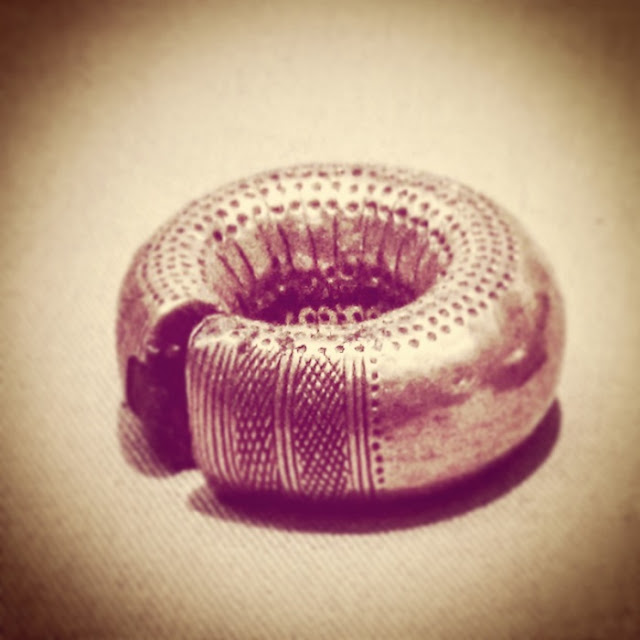Archaeological Items of Irish origin at The Museum of Fine Art, Boston

I recently published a post on the Archaeological Items of Irish origin at The Metropolitan Museum of Art and wanted to follow it up with some posts on some other museums with both Irish material and an online catalogue, not to mention progressive view on the usage of their images. To this end, I’ve been perusing the collections of Boston’s Museum of Fine Arts and they’ve kindly granted me permission to use images of the four pieces they hold of ancient Irish origin. Four artefacts may not sound like much, but each one is a masterpiece that commands attention in its own right. The pieces include a Middle Bronze Age ribbon torc from Innishowen, Co Donegal; two Late Bronze Age penannular armlets; and one Early Medieval shrine. The torc was discovered in 1882 by Rev. Dr. William Chadwick Neligan of Cork. This is, presumably, the same Rev. Mr. Neligan, Rector, Shandon Church, Cork City who sold the silver Rathcormac torc [ here ] in 1885. Nelligan sold the Innishowen torc to the Pi






